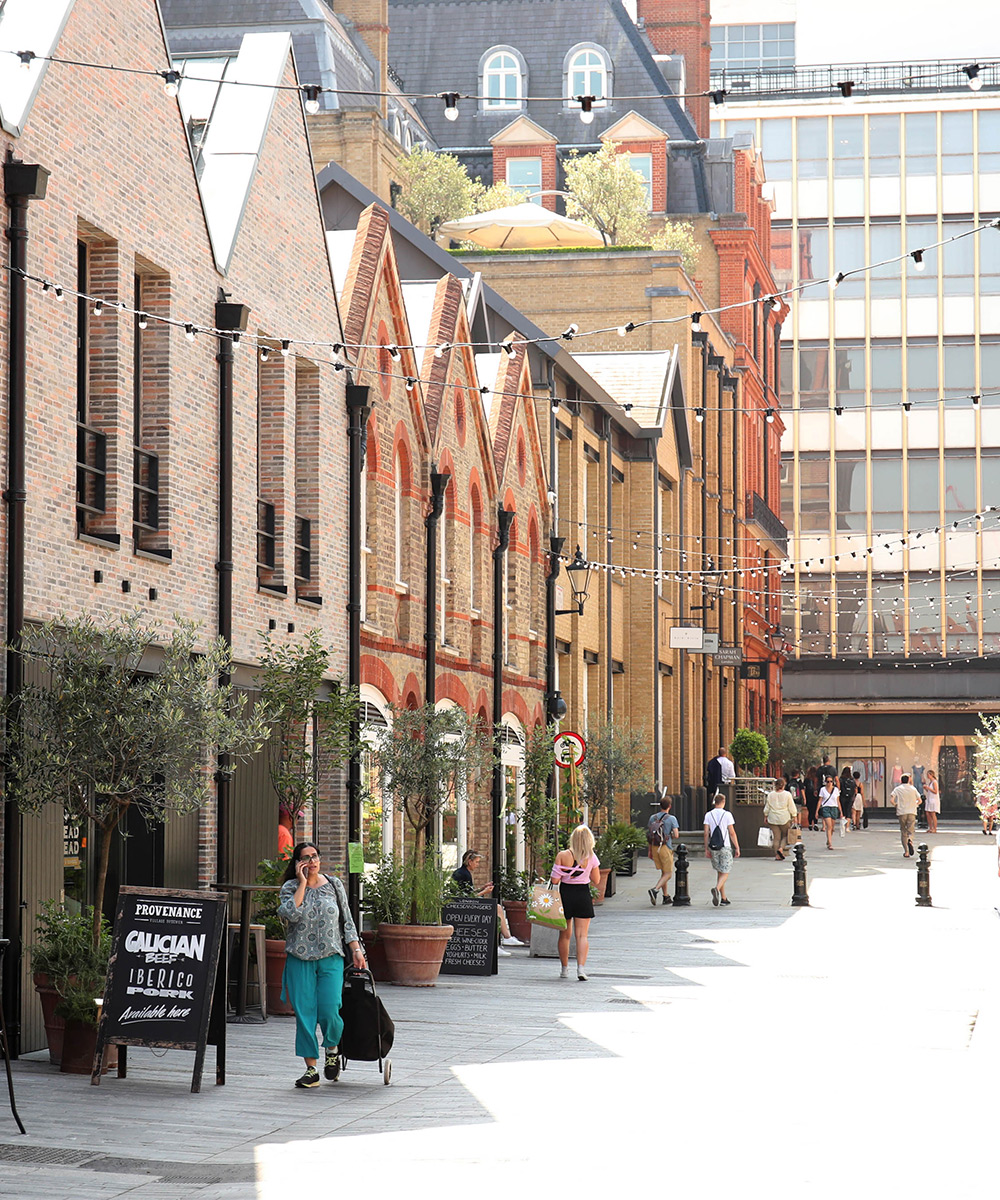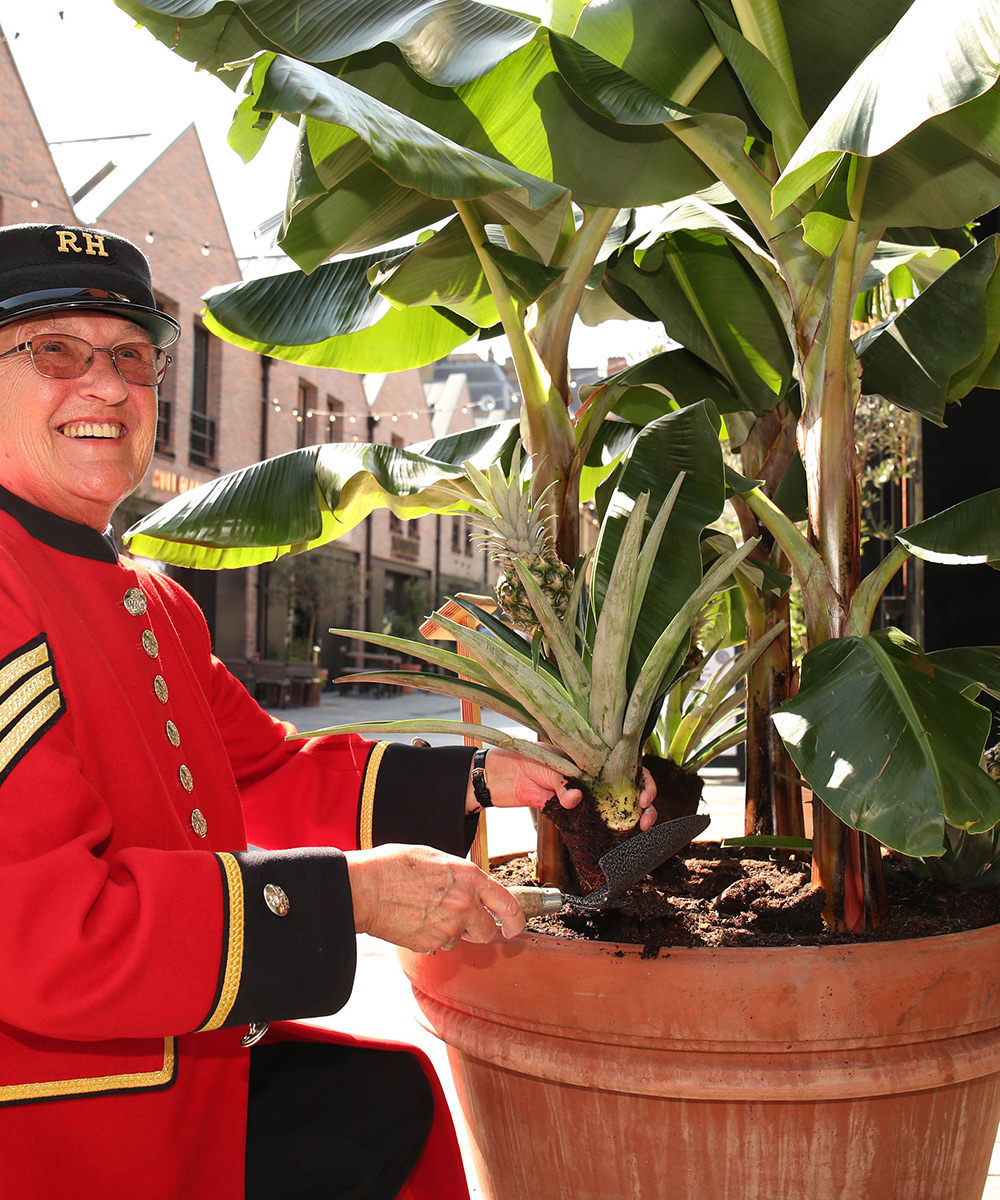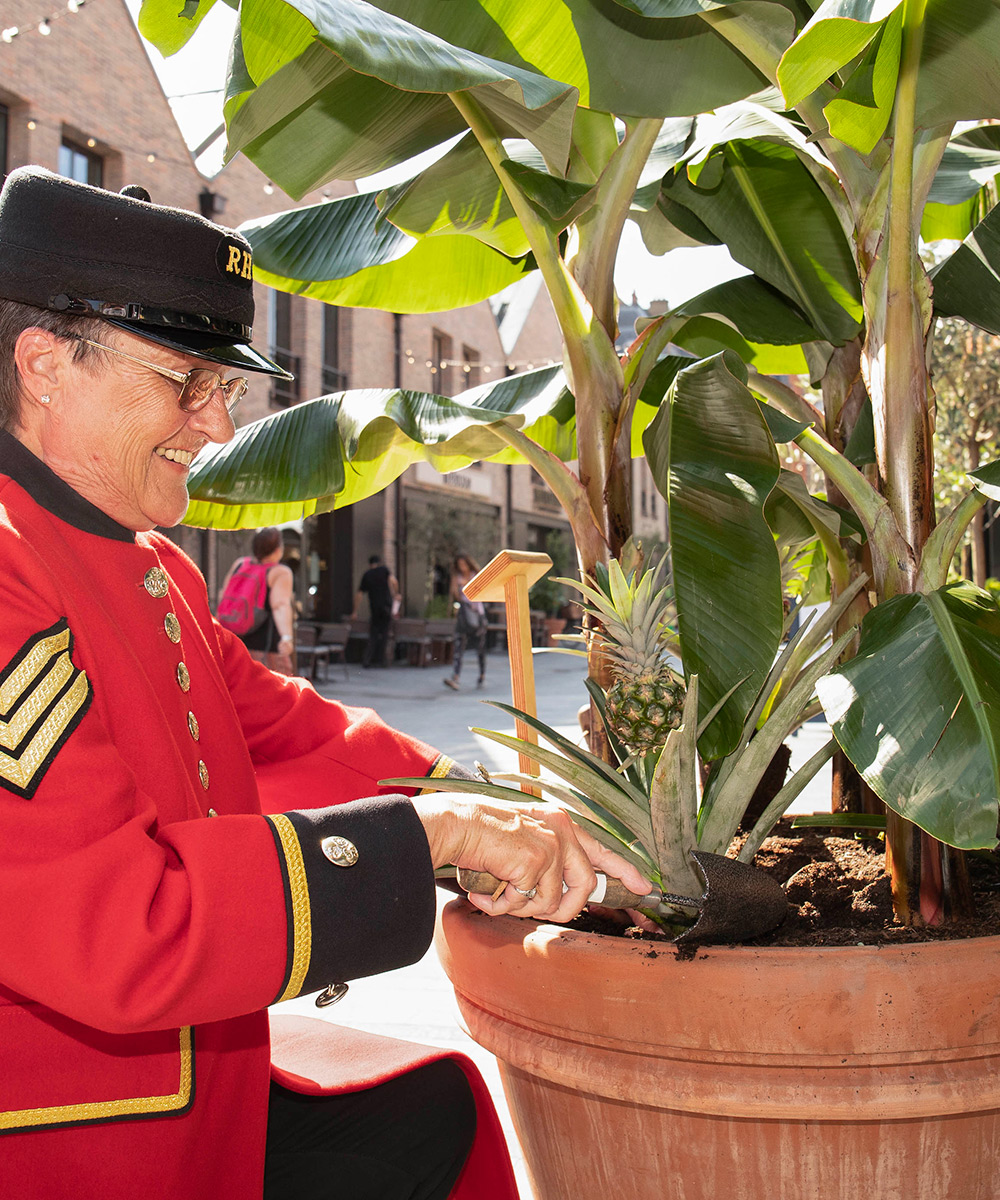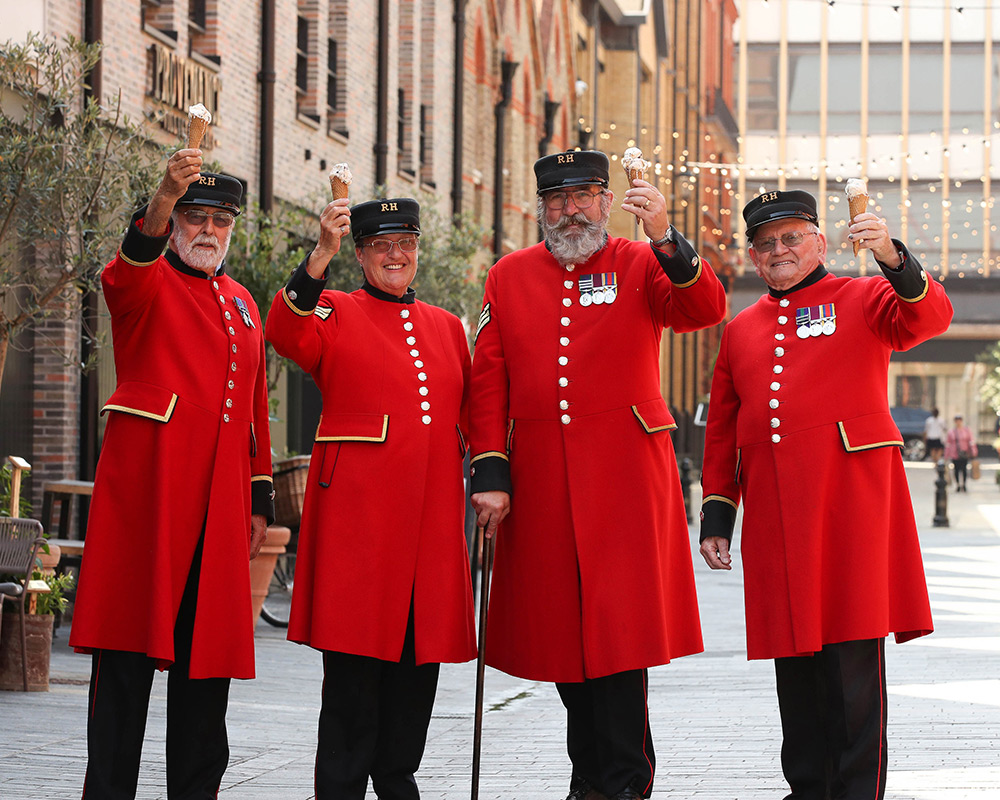Chelsea’s Pavilion Road launches edible trail to celebrate its completion
Cadogan is delighted to announce the completion of the newly created Pavilion Road.


To celebrate this milestone, central London’s first ‘Edible Trail’ has been planted along Pavilion Road, encouraging residents and visitors alike to try their hand at foraging and experience sustainably grown produce, as well as inspiring people to ‘grow their own’.
See: Our news section for more tips from experts in their field
Pavilion Road, London’s longest mews that runs parallel to Sloane Street, has seen a complete transformation over the last two years. Formerly Victorian stable bocks, the road is now a picturesque haven for independent artisans, and provides a ‘village hub’ in response to Chelsea residents requesting local amenities. Having recently announced the launch of its latest vendor, The Sea, The Sea, a modern fishmonger and deli by day; a sit-in seafood and champagne bar by night, other amenities include a butcher, baker, greengrocer, cheesemonger, ice cream shop and wine merchant. The road is also home to three restaurants - Granger & Co, Wulf & Lamb and Hans’ Bar & Grill.

The newly launched Edible Trail will change seasonally throughout the year and aims to educate and inspire those visiting Pavilion Road to grow their own produce. Peter Oates, Head of Gardens across the Cadogan Estate, has designed the trail in light of the growing trend of micro-gardening, and the wellbeing associated with the green fingered hobby.
On arrival to the entrance of Pavilion Road, visitors will see a beautifully hand-painted map of the edible trail designed by illustrator Claire Spake. Within each planter will also sit a brass plaque etched with a QR code which, when scanned by a smartphone, will present information on the planting as well as recipes and gardening tips.

'As the neighbourhood’s home for artisan food, Pavilion Road plays a vital role in strengthening the very special sense of community in Chelsea. Its traders take the everyday and make it exceptional through their expertise, ensuring that shopping there is a true pleasure. The ‘Edible Trail’ completes this experience with another layer of discovery and inspiration – it’s a joy to see Pavilion Road now complete and thriving,' explains Hugh Seaborn, CEO at Cadogan.
The trail is environmentally considered with no plastic pots, peat-free compost and sustainable plant feed in the form of mulch. In addition, the compost used for the fruit is made from wool and bracken. Further contributing to the initiative’s sustainability credentials is the water supply that is used to hydrate the various plants, which is taken from tanks that collect rain water under the road.
Design expertise in your inbox – from inspiring decorating ideas and beautiful celebrity homes to practical gardening advice and shopping round-ups.

Peter Oates, Head of Gardens at Cadogan, will be hosting regular Edible Trail Tours (alongside the programme of tastings, talks and workshops offered by the shops).
pavilionroad.co.uk/edible-trail

Jennifer is the Digital Editor at Homes & Gardens, bringing years of interiors experience across the US and UK. She has worked with leading publications, blending expertise in PR, marketing, social media, commercial strategy, and e-commerce. Jennifer has covered every corner of the home – curating projects from top interior designers, sourcing celebrity properties, reviewing appliances, and delivering timely news. Now, she channels her digital skills into shaping the world’s leading interiors website.